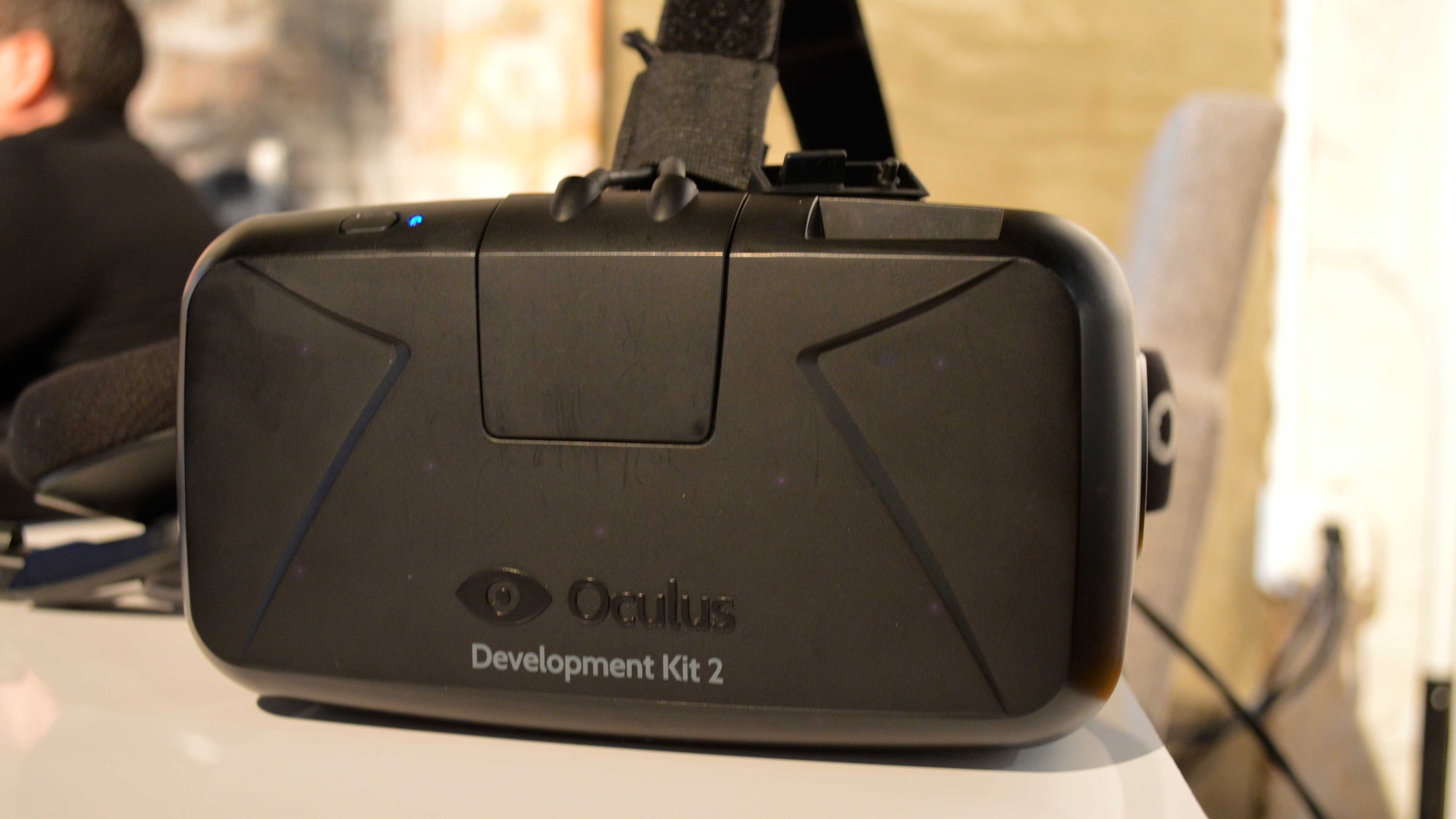Oculus Rift goes next-gen with new DK2 headset
Meet the sexily named Development Kit 2

Oculus took another step towards bringing its Rift VR headset to the public as it unveiled the Development Kit 2 (DK2) headset at GDC.
DK2 is a leap above the Crystal Cove prototype shown at CES 2014. Think of this as Crystal Cove actualized.
Pre-orders for the headset, which is still very much a dev kit, start today. It's priced at $350 (about £210, AU$383) and Oculus hopes to start shipping the headsets beginning in July.
What's new with Oculus Rift DK2
A number of tweaks, both software and hardware, persist through the new Oculus Rift dev kit.
The most noticeable change for those maneuvering through a virtual world is positional tracking. This means that as you move your head forward, the image on the screen zooms in to the object you're looking at. It's as you would experience perception in real life if you craned closer to a dropped item on the ground.
The new tracking feature allowed us to get up close and personal with little minions marching through a demon's lair. In another demo comparing Oculus' first development kit to DK2, positional tracking is clearly an elegant evolution over the former.
As for the hardware, Oculus has done away with the box that dangled from the headset's cable. Now there's a single cable that branches into two, becoming strands for HDMI and USB.
Sign up for breaking news, reviews, opinion, top tech deals, and more.
The display resolution is 960 x 1080 per eye, and the field of view measures 100 degrees. The display is marked as a "low persistence OLED" creation.
As for the rest of Oculus Rift DK2's specs, users can expect an update rate of 1000Hz, HDMI 1.4b and 3x USB 2.0. Positional tracking has an update rate of 60Hz and utilizes a near infrared CMOS sensor to get its work done.
Be sure to check out TechRadar's updated Oculus Rift hands on review, where we take a closer look at DK2!

Michelle was previously a news editor at TechRadar, leading consumer tech news and reviews. Michelle is now a Content Strategist at Facebook. A versatile, highly effective content writer and skilled editor with a keen eye for detail, Michelle is a collaborative problem solver and covered everything from smartwatches and microprocessors to VR and self-driving cars.